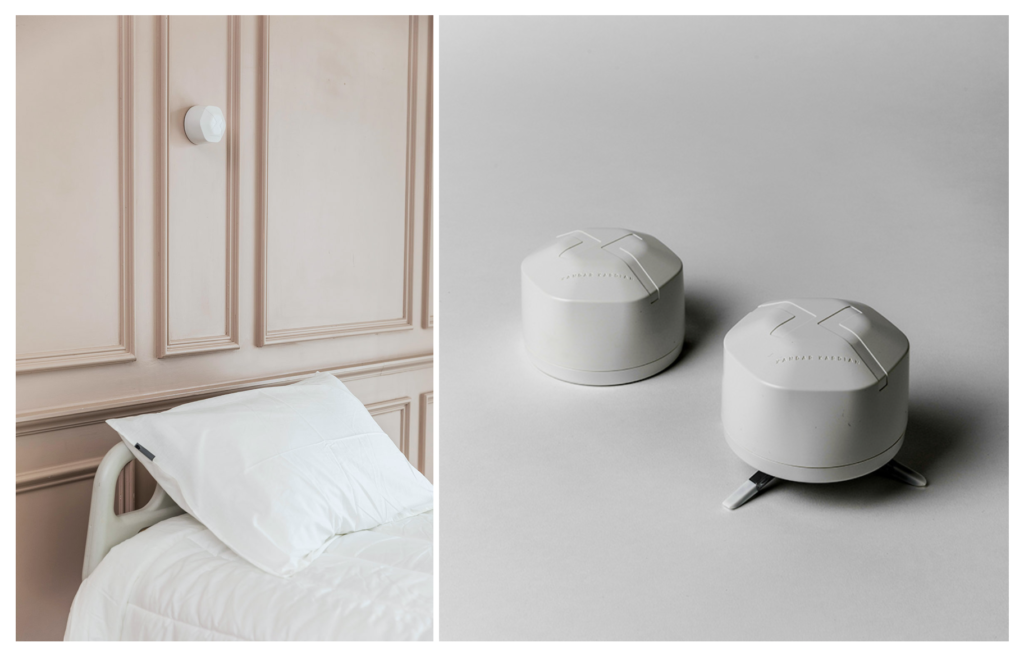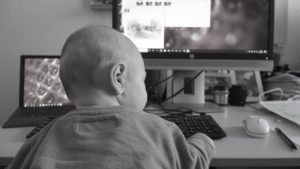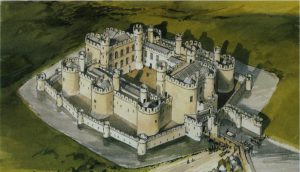Xandar Kardian is a pioneer in radar digital signal processing, and has already disrupted the smart building, security and automotive industries with its unique patented solutions. Now, the company is expanding into healthcare and recently joined our MedStack community. In this Q&A, Managing Director Sam Yang explains why healthcare has always been his passion, and what the future of “radar healthcare” has in store.
What inspired you to start Xandar Kardian?
I first became an entrepreneur in high school, and have since founded or co-founded eight technology startups. Xandar Kardian is by far the most interesting, challenging and meaningful, possibly preventing serious illness or even death. On a personal note, I grew up as a missionary kid in the Philippines, so I’ve always been passionate about helping people get well.
What is radar digital signal processing, and how does it work?
Radar digital signal processing (DSP) uses 15 million micro impulses per second to scan a given area and come up with 10 “decisions” (per second) based on variable micro-vibrations detected in the area. In other words, it scans and obtains micro-vibrational changes in a person due to their breathing (chest movement) and heart rate.
What was the first commercial application of your technology?
The first batch of companies that booked a flight to see us in person were security companies. They were intrigued by our ability to obtain 99.99% accuracy on occupancy (presence + vacancy) using human vital signs only. One of our first deployments was at an international airport in Europe, and we have been very successful in the proptech sector (real estate).
You’ve since decided to pursue healthcare. What prompted that?
My last startup pivoted from a smartwatch company into a health wearable focused on blood pressure monitoring. That really opened my eyes to how technology can impact people’s health. With Xandar Kardian, I realized that over 485 million people around the world need accurate, continuous monitoring of resting respiratory rate for their chronic respiratory disorders like COPD and pneumonia. Proptech will always be important to us, but healthcare will take Xandar Kardian to a whole new level.
What are the healthcare use cases of your technology?
“Resting” heart rate (HR) and “resting” respiration rate (RR) monitoring is extremely vital, but hard to validate with contact-based sensors. Radar scans the entire body, and Xandar Kardian has developed a unique “patient stability” scoring system so that our technology only records vital signs when we verify the body’s still motion stage.
In a hospital, monitoring resting HR and RR continuously and automatically can provide critical EDD (Early Deterioration Detection) for patients in the general ward. At home, including nursing homes, occupants can be monitored on a day-to-day basis, giving physicians “big data” of health information on a monthly basis. Anyone with chronic respiratory disorders and cardiovascular diseases can benefit from such data collection.
Xandar Kardian also has early bed exit warning systems, fall detection systems and sleep apnea (OSA) monitoring solutions as well. We believe that we are just at the tip of the iceberg when it comes to “Radar Healthcare”.
What are the advantages of radar compared to solutions like video monitoring or wearables?
Use of radar technology for healthcare applications is relatively new, but comes with huge advantages.
First, it is non-contact. This means the patient does not have to be bound to a wearable, specific bed or heavy devices. Quality of life increases when patients are given freedom from “wired” sensors. It is also automatic, which means patients do not have to actively participate by keeping various sensors attached to their body. It also means nurses don’t have to physically attach sensors to the patient, which can save a lot of time. Lastly, it is continuous. So long as the patient is still (high stability score), the radar will capture their vital signs continuously and automatically.
Consumer wearables, on the other hand, are not typically designed for medical applications. Having been a pioneer in the wearable space a number of years ago, I’m well aware of the sensor companies that provide key components to wearable brands. Many of today’s high-end smart watches do not offer RR data, or it’s estimated from HRV (heart rate variability) data which can result in large inaccuracies.
Finally video monitoring is privacy invasive. Even though some companies have “methods” to mitigate these concerns, a camera lens is always going to cause concern, especially when used in bedrooms or bathrooms. Video also requires a lot of data and power to process. It requires adequate lighting conditions. It’s also subject to missed readings (including false alarms).
How has COVID-19 impacted your business?
Xandar Kardian’s solutions, both in proptech and healthcare, have direct applications to COVID. Our occupancy detection and counting solutions provide density control for office buildings – such as in public bathrooms, elevators and elevator lobbies. For healthcare, COVID is a respiratory disease, so continuous, automatic monitoring of resting RR is extremely valuable for patients as well as those who have already recovered. A large portion of recovered patients have been reporting various HR and RR fluctuations due to scarring in the heart and lungs.
Your technology is currently pending FDA clearance. What advice would you give to other companies pursuing this milestone?
Never underestimate the task of going through FDA clearance. We were fortunate in that we’ve had hospital IRB approval in the past which helped us conduct expedited clinical investigations. Still, we had to go through a series of safety and efficacy tests even before we could file. My biggest advice is to plan early, stay focused, be diligent and be patient. It’s difficult, but it’s definitely not impossible – even for first-time filing startups like us!
What excites you the most about the future of radar technology?
We are really only just getting started. After spending 9 years doing radar DSP algorithms with 15 PhD engineers, we are constantly amazed at how our bodies give us so much information through frequencies via micro-vibration patterns. We are just starting to see what “vibrations” from the body can mean.
We have already started new research in blood pressure monitoring and heart arrhythmia monitoring using radar only. We are also finding new applications in NICUs (neonatal intensive care units) and pet health. In fact, we recently conducted clinical trials on 34 NICU prenatal patients which resulted in +/- 1 BPM when compared to a medical ECG device used at the hospital. The future is bright for radar-based healthcare companies!





